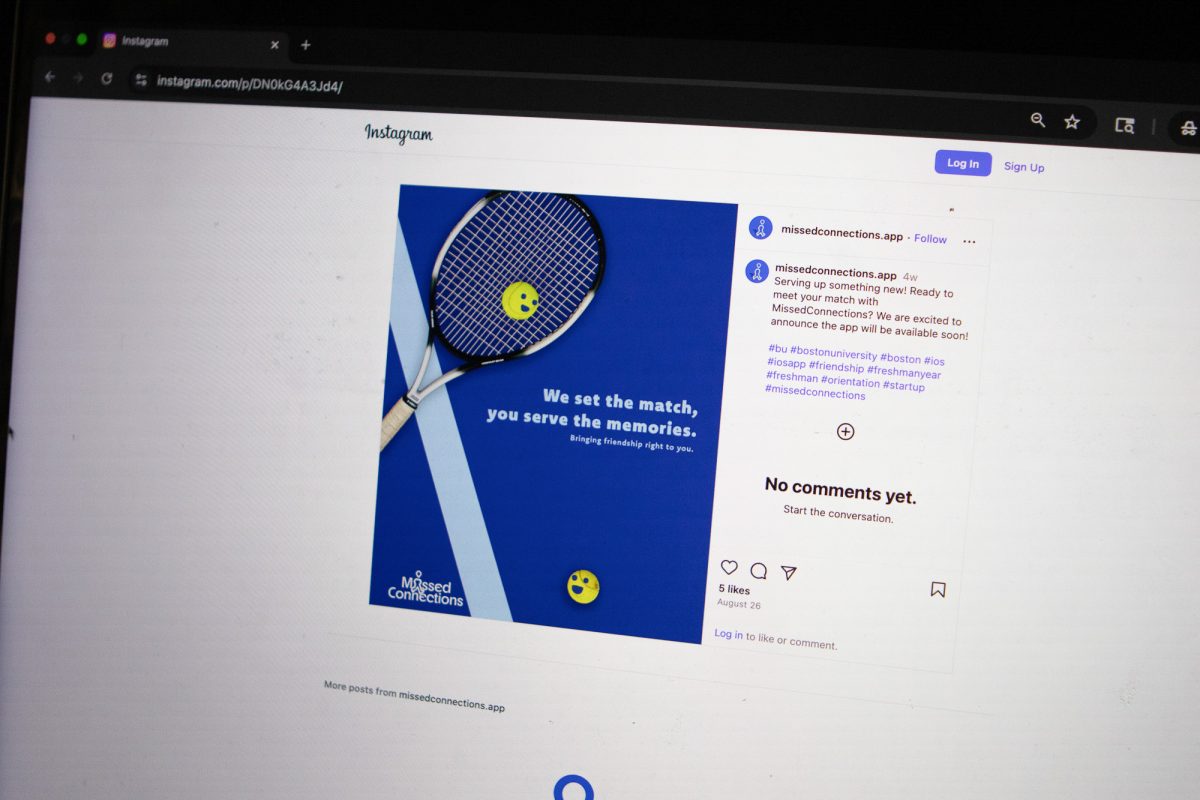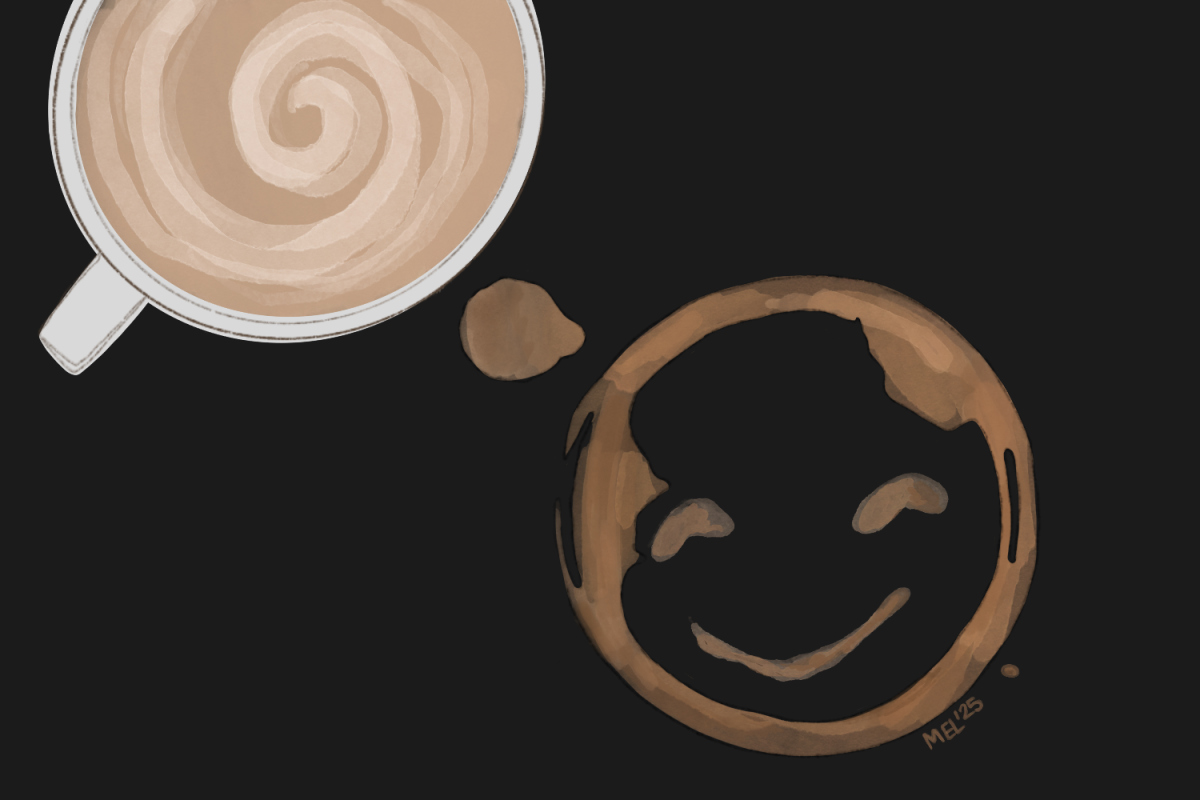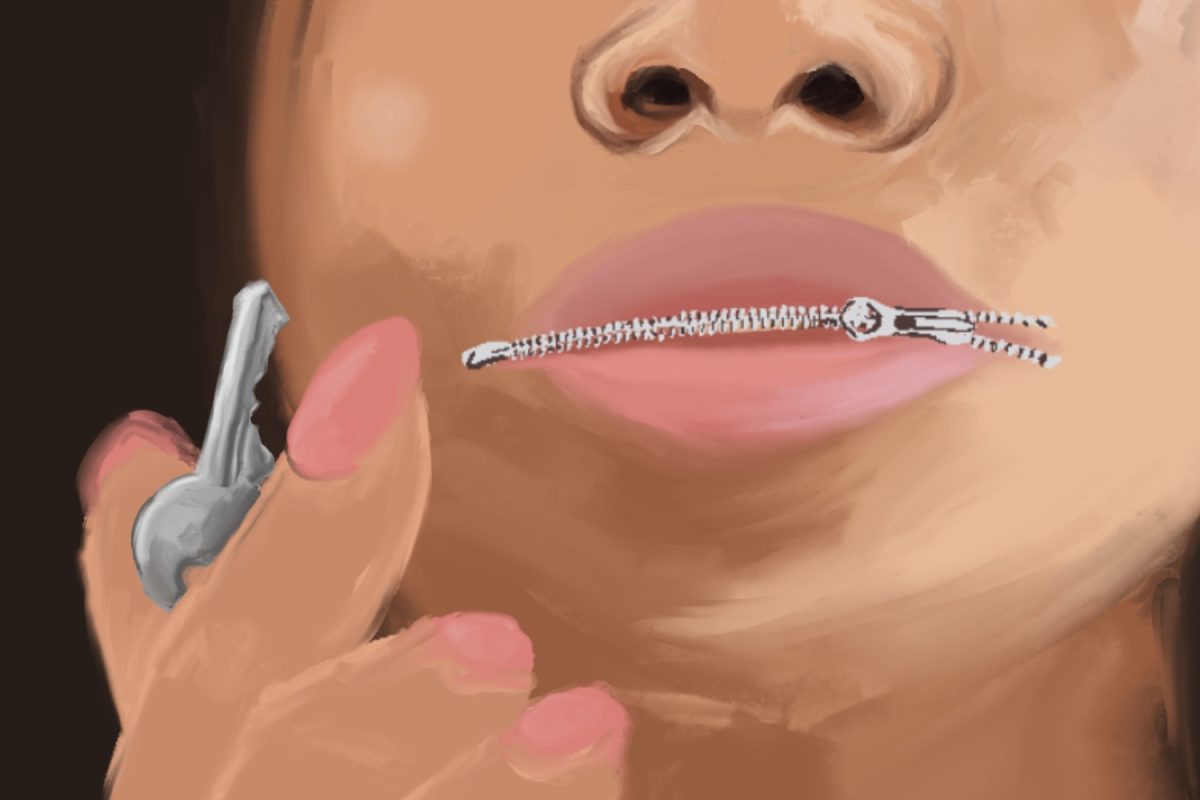We often see a trend in doctor-patient relationships in the United States. Most of us are told not to hesitate to reach out should we have an issue with a medication or treatment plan, while doctors spend days on call waiting for reports of emergency or questions from their patients. For some, primary care physicians are confidants. But many of us who have never experienced the doctor-patient relationship in therapy or in mental health counseling have not taken the time to consider what therapists’ responsibilities are when they leave the office.
STAT, a national publication produced by Boston Globe Media, published a piece on Monday profiling therapist-patient relationships that use texting for communication. Carlene MacMillan, a child and adolescent psychiatrist profiled for the piece, is a proponent for using texting in addition to usual therapy sessions and medications — she often uses texting to “coax her patients from the brink of mental breakdown.”
“Some doctors worry that it undermines the doctor-patient relationship; others say it can erode professional boundaries … And if a therapist charges for the extra contact, insurance companies typically don’t cover that cost,” the article read.
Many therapists worry their patients may become too dependent on text messages, and that they will miss the one call or text that truly matters in a patient’s life. At the same time, many therapists argue that with Skype and phone calls, we have already begun to cultivate this sort of relationship.
Psychologist Karen Jacob uses emojis when texting with her patients: “Later, in therapy sessions, she’ll use the SMS discussions to map out her patients’ crises — what triggered a suicidal episode, what can help them calm down,” the article read.
But there are just as many doctors who oppose text messages when it comes to therapy for their patients. Eugene Beresin, director of the Clay Center for Young Healthy Minds at Massachusetts General Hospital, expressed concern that the face-to-face relationships usually cultivated in therapy sessions will fade to black should texting become an important piece of the “psychotherapy toolkit.”
It’s easy to see how some may say this sort of behavior fosters codependence. But these doctors are seemingly not aiming to provide patients with a 24/7 crutch to lean upon — their aim instead is to work to create friendly relationships with their patients to make them more comfortable and confident.
However, there is a difference between being friendly and being a friend, and that distinction is extremely important to make early on in the therapist-patient relationship. A therapist is responsible both morally and legally to call for help should someone experience intense thoughts of suicide, according to the American Psychological Association Code of Ethics, but patients could detest reports from those whom they had considered confidants.
And as one patient said, cutting a patient off abruptly from text messaging can cause a great deal of issues. It’s up to the therapist to determine what the patient needs as much as it is the patient’s responsibility to determine what they need. Some people need a clear-cut boundary between a therapist and a friend.
It’s undoubtedly difficult to draw a line here, and it’s possible a line may not even exist. It’s clouded and riddled with individual circumstances, just as every mental illness is in itself. Doctors need to make sure to set these boundaries early with strict adherence. As Beresin suggested to STAT, texts can always be misconstrued.
Text messaging may be good for a patient’s immediate health, but it also creates a safe space in which patients and therapists can talk openly in a non-office setting. Because this country’s mental health stigma is so great, many people do not even feel comfortable speaking with a doctor in the first place due to social pressures and negative connotations associated with the word “therapy.” This break from the pressure allows for a private conversation to exist in a more comfortable environment for the millennial patient.
Therapy is a noble profession — one that might require taking your work home with you. It’s difficult to put any number on mental health, which makes thinking about excess pay or insurance benefits problematic in this situation. Perhaps a likely solution could be to tell patients that in an emergency they should absolutely call 911 for help while also encouraging patients to reach out to them should they ever need assistance in less urgent ways.
But who are we to say whether or not some text messages including emojis or GIFs automatically construes a mishandling of a therapy situation? It may prove tricky to have this connection with a patient, but this is something each individual therapist must decide to tackle on his or her own.
























































































































